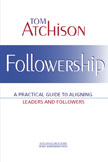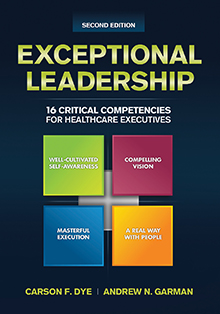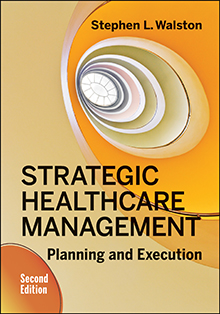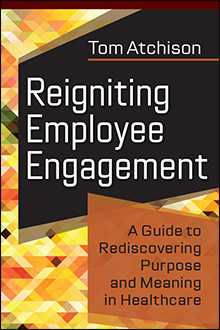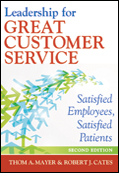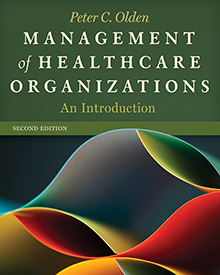
Management of Healthcare Organizations: An Introduction, Second Edition
Peter C. Olden, PhD, LFACHE
Book Description
Instructor Resources: Test bank, PowerPoint slides, answers to discussion questions, and a transition guide to the new edition.
Management of Healthcare Organizations: An Introduction provides an integrated approach to management for a wide variety of healthcare organizations (HCOs). Written by one author with extensive knowledge from both professional and academic careers, the book explains fundamental principles, theories, and tools along with contemporary methods for applying them. The book’s 15 chapters are interrelated and sequenced into a cohesive body of knowledge that provides a solid foundation for planning, organizing, staffing, leading, and controlling performance in an HCO. Written in an engaging and conversational style, this book provides those new to healthcare administration with the management skills and principles they need to succeed in the changing healthcare environment.
Building on a successful first edition, this new edition has been extensively updated and expanded:
- Excerpts from a new case study introduce each chapter to enhance student learning with an example of managers doing the topic of focus in the chapter.
- Developments in management of HCOs are described, such as physician alignment and medical staff relationships, project management, population health, decision making, and staffing.
- Additional topics are discussed, such as the governing body, institutional theory, and Porter’s model of competitive advantage.
- The final chapter on communication is broadened to include sections on professionalism, emotional intelligence, cultural competence, and communication.
- Three new supporting cases and updated end-of-chapter discussion and case study questions provide practical applications.
Each chapter helps facilitate learning by incorporating the 3 E’s: examples, exercises, and exhibits. Chapter summaries, learning objectives, discussion questions, key points, suggested web links, and case study questions are provided to further assist in development. Key terms are defined in the margins, and a glossary is included.

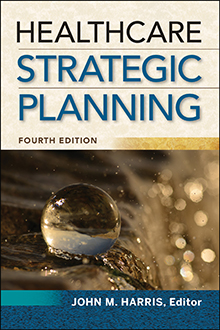





 ACHE Web-61827e0b.jpg?w=160)
